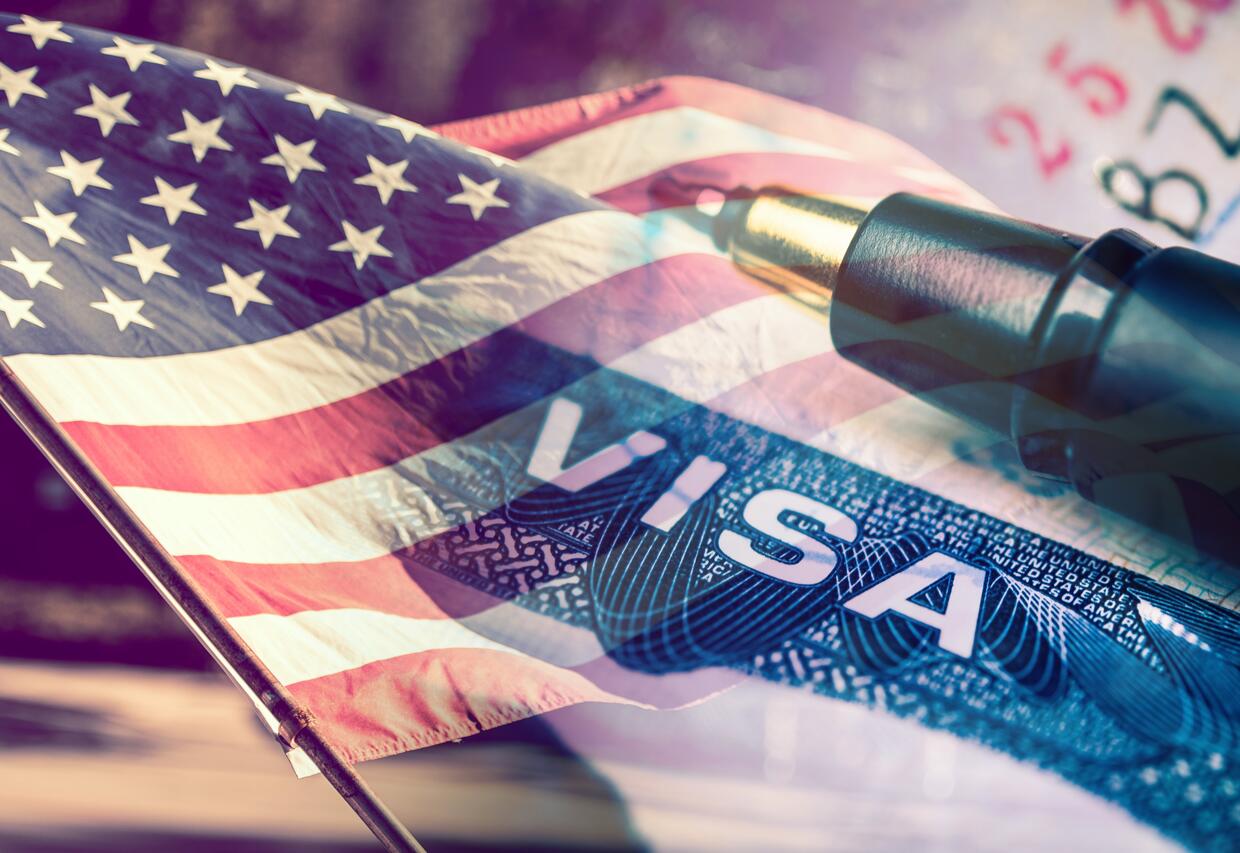EB-3 Visa Lawyers
EB-3 Visa Types
There are several options available for foreign nationals to reside in the U.S. as guest workers under the EB-3 program. The following options are determined based on merit and ability verified through meeting credential requirements and experiential criteria:
- Skilled Worker. Under this category, skilled workers are defined as people whose jobs require a minimum of 2 years of training or experience as outlined on their labor certification. The job cannot be temporary or seasonal in nature. Education, training, or experience must adequately satisfy the requirements of the job opportunity. Relevant post-secondary education may be considered as training. The work performed must not displace qualified workers in the U.S. from accepting job opportunities. Lastly, hopeful candidates must obtain a labor certification and a permanent, full-time job offer before petitioning for work under an EB-3 visa.
- Professional. Applicants in this category must hold a U.S. baccalaureate (B.A.) or an equivalent degree in the related field. The B.A. should also be the normal requirement for entry into the occupation. Education and experience may not be substituted for a B.A. For professional applicants, simply having the degree is not enough — the position itself you are seeking to fill must also require a bachelor’s degree. Again, eligibility for this category is determined by verifying that you are performing work for which qualified workers are not available in the U.S. Obtaining a labor certification and a permanent, full-time job offer before petitioning for work under an EB-3 visa is also required when petitioning as a professional under the EB-3 program.
- Unskilled Worker. Workers in this category must demonstrate their ability to perform unskilled labor (requiring less than two years training or experience), that is not of a temporary or seasonal nature. The work performed must not compete with available qualified workers in the U.S. The requirements specified on the labor certification must be met with a permanent, full-time job position offered.
Get in touch with us

EB-3 Visa Application Process
There are several steps to be completed under the EB-3 visa process, with the employer initiating the first step. To begin, the employer must file a petition on behalf of the employee using a Form I-140. Proof that the offered wage will be continuously paid must be presented by the employer to the United States Citizenship and Immigration Services (USCIS). Evidence that the wage will be provided for until the foreign national employee can get permanent resident status is also required. The following steps are necessary to complete an I-140 form and petition on behalf of the guest worker:
- Employer (or petitioner) must obtain an approved application for Permanent Labor Certification from the U.S. Department of Labor that shows their ability to continue to pay the offered wage as of the priority date
- A completed Form I-140 must be submitted
- Submit the Filing Fee(s.
- Submit evidence
- Sign and file Form I-140
Let our immigration lawyers help you navigate every facet of immigration law.
EB-3 Visa Caps
A limited number of EB-3 visas are issued per year. 140,000 immigrant visas are issued for the employment category each fiscal year. Nearly 28.6%, or around 40,040 visas, are allocated for the EB-3 program. Remaining applicants who lie outside of the cap or quota are shuffled back into the lottery for the preceding year until the next drawing occurs.
EB-3 Family Eligibility Status
EB-3 recipients can bring immediate family members with them. A legal spouse of a skilled worker or professional will have access to an E34 visa, whereas the spouse of an “other” worker type can seek admission under an EW-4 visa. Unmarried children under 21 years old will usually come under the E35 for skilled workers and professionals, or under the EW-5 visa for “other” worker types. Spouses have the opportunity to apply for an Employment Authorization Document while waiting for their permanent residency application process to go through. This provides spouses with the opportunity to work freely in the United States.
EB-3 Visa Timeline
- 1-3 Months. The DOL calculates a wage determination based on the job position to be filled.
- 2 Months. The advertisement and recruitment process will take about 30 days on each end.
- 4-6 Months. The DOL will make a decision concerning the request for the labor certification via the PERM processing system.
- 15 Days or 6 Months. The gap in this portion of the timeline can be explained by noting whether the I-140 Form will be processed with or without premium processing. Premium processing expedites this service to be done within 15 calendar days. Without premium processing, the USCIS will align the petition issuance with the current priority date. The wait time for your priority date varies depending on counselor or administrative processing and the applicant’s intended status within the U.S. Working with an immigration attorney can help demystify the overall process.
- 4-6 Months. Last, the I-485 form will need to be processed. There is no way to expedite this service. Depending on the service center in charge of your case, the waiting period can exceed 6 months.
With all of the steps involved, your EB-3 visa processing time can take from a year and a half to three years to complete. If you are adjusting your status from another temporary or nonimmigrant visa program and currently reside in the U.S. then you will be able to bypass the I-485 process. Petitioners who do not currently reside in the U.S. will need to go through consular processing. This will require setting up an appointment with a U.S. consulate or embassy. At the appointment, an interview will be conducted to determine the legitimacy of your case. The consulate representative will ask questions to establish that you are who you say you are and that your intent to live permanently in the U.S. under EB-3 status is above board.
EB-3 Visa Period of Validity and Fees
- I-140 fee: $700 paid by the employer
- I-907 fee for premium processing: $1,440 – optional and paid by the employer
- I-485 Status Adjustment fee: $1,140 paid by the employee
- Consular Processing fee: $445 paid by the employee
- Other fees may include the costs of advertisement for the PERM Labor recruitment process by the employer. You may also want to factor in the cost of hiring an immigration lawyer, which is optional and negotiable, but very important.
Farmer Law is Here to Help
What Our Clients Are Saying
comes to keeping us compliant and helping us learn more each day. ”
Get In Touch With Us
Reach out to us for any questions on specific U.S. immigration laws, U.S. immigration forms, citizenship applications,
U.S. work visas, or any other aspect of immigration law.






